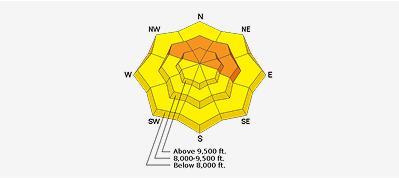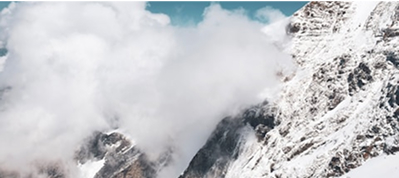Observation Date
1/8/2022
Observer Name
Bruce Tremper
Region
Salt Lake » Park City Ridgeline » Scotts Peak
Location Name or Route
Scott's Peak
Comments
Sorry, I did not get the time to draft up a profile. But the stability tests are always more important than the profile and I'll list them here. I dug a pit near the valley bottom on an open slope at about 8,700' in elevation, which seemed like a representative place to get a feel for the general snowpack in the area. 150 cm total depth, 7 cm of fluff on top, then a well-bonded, stout slab with almost indistinguishable layers all the way down to the depth hoar layer at the base of the snowpack, which was the only weak layer. Compression test 25 x 2 on the upper part of the depth hoar layer at 30 cm off the ground. Extended column test, no failure on two attempts. But most important, I did two propagation saw tests failing easily on 20 cm into a 90 cm column. Often this is the case with deeply buried weak layers. Other tests don't work as well but the propagation saw test is the most informative. In other words, I found a similar snowpack to many other snowpit tests recently reported by others. The basal depth hoar remains angular, large-grained and quite fragile. And the PST results indicate that it's still capable of producing a very large avalanche, once triggered. Classic, low probability - high consequence situation. Your basic nightmare. Bottom line: continue to avoid avalanche terrain (steeper than 30 degrees or locally connected to steeper terrain) on all slopes above about 8,000' that face northwest, north thorugh east. If you want ot get onto steep slopes, do it on sunny aspects, southwest through southeast.
Today's Observed Danger Rating
Considerable
Tomorrows Estimated Danger Rating
None






